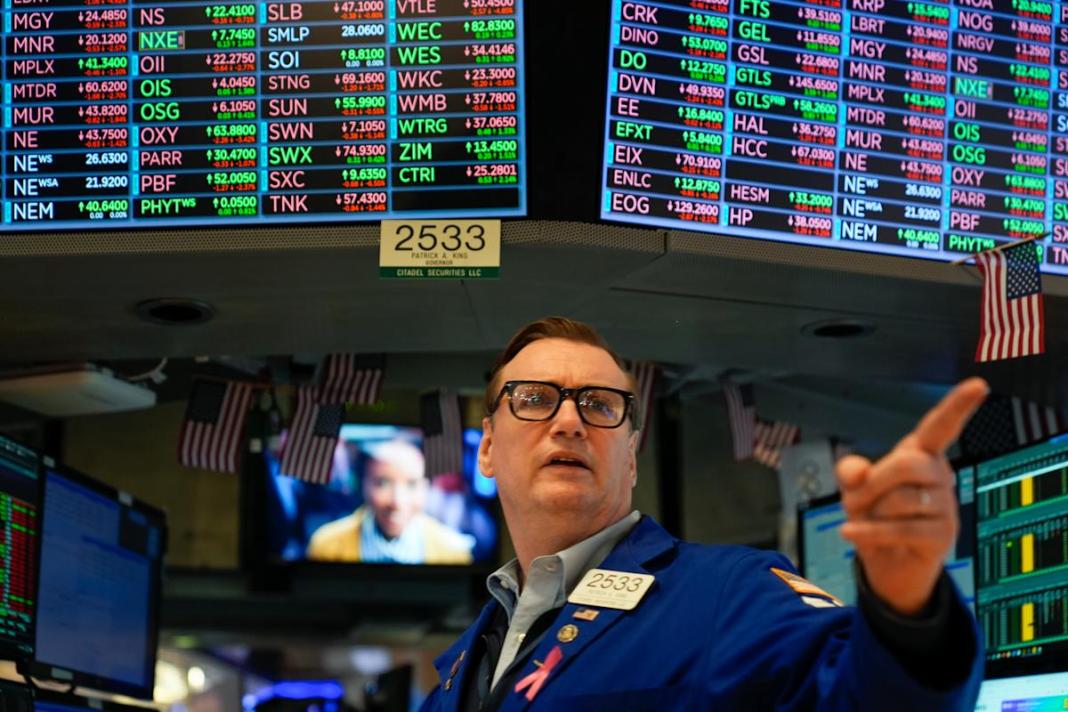President Xi Jinping of China is making his first visit to Europe in five years, with stops in France, Serbia, and Hungary. This visit comes at a time of heightened tensions between China and many European countries over various issues, including China’s support for Russia in the Ukraine conflict, trade practices, and espionage activities.
During his trip, President Xi hopes to address trade frictions with the European Union, particularly regarding Chinese electric vehicle exports and market access for European companies in China. He will also encourage President Emmanuel Macron of France to pursue greater autonomy from the United States in an effort to weaken Washington’s global dominance.
The significance of President Xi’s itinerary lies in the fact that all three countries he is visiting are open to China’s push for a redefined global order. Hungary and Serbia have close ties to China and are eager to attract Chinese investments, while France, despite its alliance with the United States, sees itself as a bridge between different global powers.
This year marks important anniversaries for China and the three countries, adding symbolic weight to President Xi’s visit. However, the relationship between Europe and China has been strained in recent years due to various factors, including the coronavirus pandemic, China’s alignment with Russia, and concerns over trade practices and espionage.
President Xi’s last visit to Europe was in 2019, where he signed significant agreements with Italy and Greece as part of China’s Belt and Road initiative. Since then, the relationship between China and Europe has faced challenges, with some European countries taking a more confrontational stance towards China.
Overall, President Xi’s visit to Europe will be closely watched as it could have significant implications for the future of China-Europe relations and the global balance of power.


